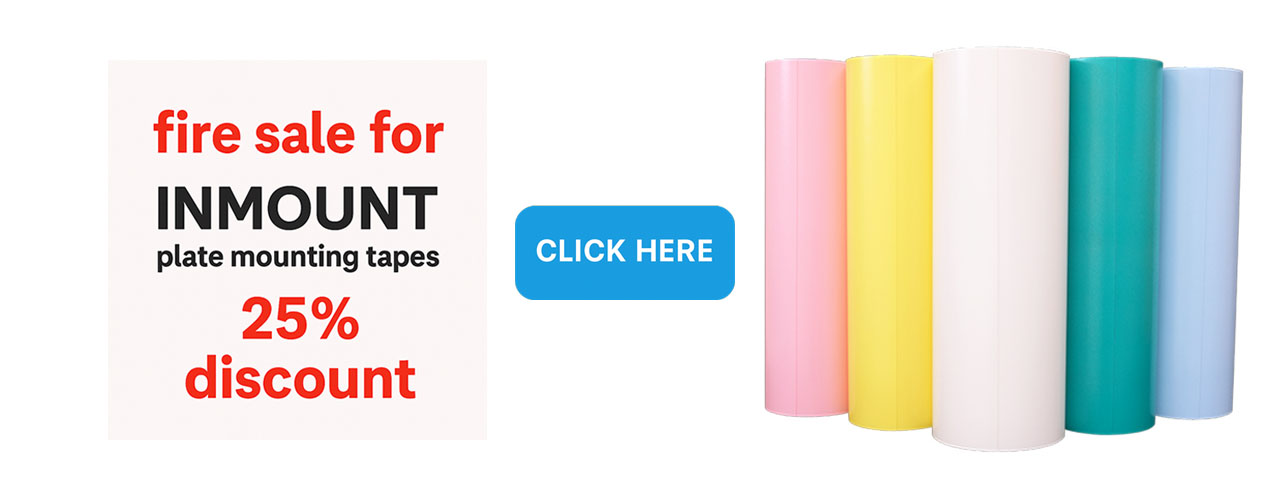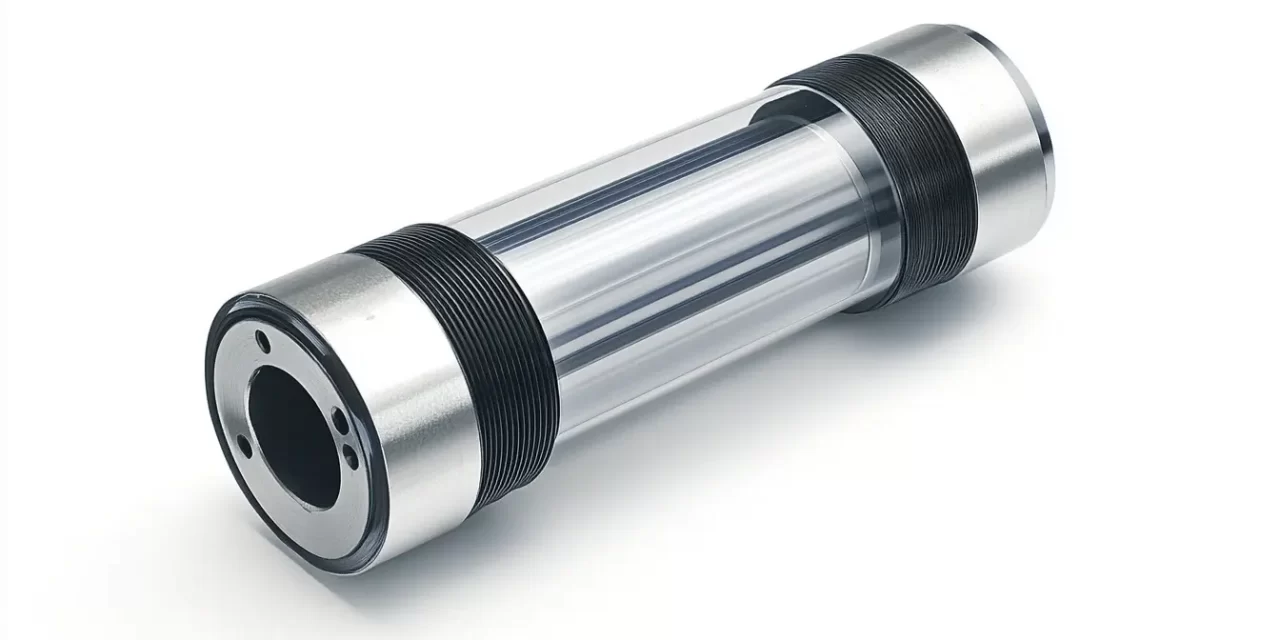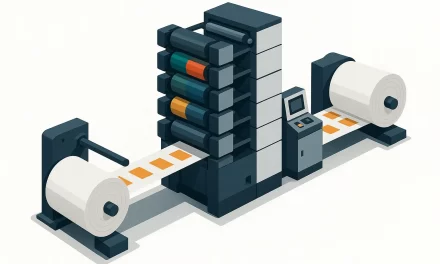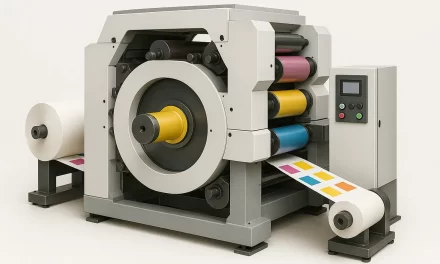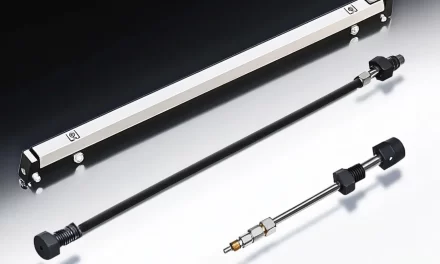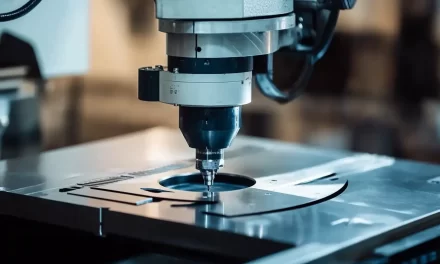Magnetic Cylinders in Flexographic Printing: Unlocking Flexibility, Speed, and Precision
In the dynamic world of flexographic printing, efficiency, accuracy, and quick turnaround times are more than industry buzzwords—they’re business-critical demands. Converters are under pressure to deliver shorter runs, faster changeovers, and more intricate die-cutting without sacrificing quality or profit margins. This is where magnetic cylinders come into play.
Often overshadowed by the dies they support, magnetic cylinders are the unsung heroes that enable the use of flexible dies—a cost-effective, versatile cutting solution that has transformed modern flexo workflows. These cylinders provide the essential magnetic force and mechanical stability required to hold flexible dies in place as they perform precise, high-speed cuts.
Whether you’re cutting pressure-sensitive labels, intricate packaging shapes, or perforated adhesive products, magnetic cylinders play a critical role in optimizing die-cutting performance. In this article, we’ll explore what magnetic cylinders are, how they work, their benefits and applications, and how to maintain them for peak performance.
What Are Magnetic Cylinders?
A magnetic cylinder is a precision-engineered metal cylinder embedded with powerful magnets on its surface. It’s designed to hold flexible dies—thin, etched steel dies—firmly in place during rotary die cutting. These cylinders are installed in the die station of a flexographic press or finishing system and rotate in sync with the web to perform the cutting or perforating process.
Key Components:
- Cylinder Body: Made from steel or aluminum for strength and durability.
- Embedded Magnets: High-strength rare-earth magnets provide uniform magnetic force across the entire surface.
- Bearings and Gears: Ensures smooth rotation and proper engagement with the anvil roller.
- Registration Marks: Help align the flexible die accurately on the cylinder.
Unlike solid dies, which are bulky and expensive, magnetic cylinders offer unmatched flexibility by allowing converters to change die shapes quickly and affordably.
How Magnetic Cylinders Work
The process is simple yet powerful:
- A flexible die is aligned and mounted on the magnetic cylinder using registration marks.
- The magnetic field holds the die firmly in place, eliminating the need for clamps or adhesives.
- As the web moves through the press, the magnetic cylinder rotates and brings the flexible die into contact with the substrate.
- The die cuts, perforates, or creases the substrate, often against an anvil roll positioned opposite the magnetic cylinder.
Because of the tight tolerances and uniform magnetic field, the die remains secure—even at high speeds—and performs consistently across the entire run.
Why Magnetic Cylinders Matter in Flexo Printing
Magnetic cylinders enable the use of flexible dies, which have become essential for converters due to their affordability, quick production turnaround, and ability to handle diverse shapes and sizes. With print jobs becoming shorter and more customized, solid dies can no longer keep up with the pace or budget constraints of modern operations.
Here’s how magnetic cylinders are reshaping flexographic die cutting:
1. Quick Changeovers
Mounting and removing flexible dies on magnetic cylinders takes just minutes. This dramatically reduces downtime during job changeovers, especially in short-run label printing or multi-SKU packaging.
2. Cost Savings
Solid dies are expensive to manufacture and store. Flexible dies are far more affordable and compact, making magnetic cylinder systems a cost-efficient solution for small to mid-sized print runs.
3. Lightweight Operation
Magnetic cylinders weigh significantly less than solid rotary dies, reducing operator fatigue, machine wear, and transportation costs.
4. Precision Cutting
Thanks to high-tolerance machining and uniform magnetic fields, magnetic cylinders provide accurate die alignment and consistent pressure, resulting in clean, repeatable cuts.
5. Versatility
Whether you’re cutting paper, film, foil, or multilayer adhesive materials, magnetic cylinders can handle a variety of substrates and die shapes with minimal adjustments.
Applications of Magnetic Cylinders
Magnetic cylinders are widely used across different sectors of flexographic printing, including:
- Pressure-sensitive labels
- Booklet and peel-off labels
- Tamper-evident and security packaging
- Retail tags and stickers
- Food, beverage, and personal care labels
- Flexible packaging with windows or cutouts
- Medical-grade adhesive products
These applications benefit from the speed, accuracy, and ease of handling that magnetic cylinders bring to rotary die-cutting stations.
Choosing the Right Magnetic Cylinder
When selecting a magnetic cylinder for your press, several factors must be considered:
Press Compatibility
Make sure the cylinder’s dimensions match your press specifications, including width, repeat length, shaft size, and gear configuration.
Magnetic Strength
Look for cylinders with even magnetic field distribution. Weak or inconsistent magnets can lead to die slippage and poor cut quality.
Material and Surface Finish
Opt for hardened steel bodies with corrosion-resistant coatings or treatments to prolong life and resist adhesive buildup.
Bearings and Runout Tolerances
High-quality cylinders offer minimal runout (typically under 5 microns), ensuring precise registration and smooth operation.
Die Alignment Features
Registration marks, indexing holes, or engraved guides make die alignment faster and more reliable.
Magnetic Cylinder Maintenance Tips
To keep your magnetic cylinders in top shape and extend their lifespan, follow these best practices:
1. Regular Cleaning
Use non-abrasive solvents or specialized cleaners to remove adhesive, paper dust, or ink residue after each run. Avoid metal tools that could scratch the surface or damage magnets.
2. Visual Inspection
Check for signs of wear, magnet degradation, rust, or nicks in the cylinder body. Even small defects can affect die performance.
3. Storage
Store cylinders on horizontal racks or in padded cradles to prevent warping. Keep them away from moisture and direct sunlight to avoid corrosion.
4. Calibration and Runout Checks
Measure runout periodically to ensure the cylinder stays within tolerance. Excessive runout can lead to registration issues or uneven cuts.
5. Magnet Testing
Use a magnetic field strength tester to monitor performance. Weak magnets can lead to die lift, especially in high-speed runs.
Common Challenges and Solutions
Die Lift at High Speeds
Problem: Flexible die lifts from the cylinder during rapid operation.
Solution: Ensure the die is properly aligned and that the cylinder’s magnetic strength is sufficient. Consider replacing worn magnets.
Poor Cutting Quality
Problem: Inconsistent cut depth or incomplete cuts.
Solution: Check for die wear, magnet degradation, or uneven pressure. Adjust die pressure and alignment as needed.
Damage from Mishandling
Problem: Dents or nicks from dropping or using tools on the surface.
Solution: Train staff on proper handling and cleaning techniques. Invest in protective cylinder covers.
Magnetic Cylinders vs. Solid Rotary Dies
| Feature | Magnetic Cylinders (with Flex Dies) | Solid Rotary Dies |
|---|---|---|
| Cost | Lower (flexible dies cheaper) | High (especially for custom shapes) |
| Changeover Time | Fast (under 5 minutes) | Slow (requires manual replacement) |
| Storage | Compact and easy | Bulky and expensive |
| Lifespan | Good (depends on die, not cylinder) | Excellent for very long runs |
| Flexibility | High (ideal for short to mid runs) | Low (fixed shape and design) |
For most modern flexo operations, magnetic cylinders provide a balance of performance and cost-efficiency that solid rotary dies simply can’t match—especially in fast-changing production environments.
The Future of Magnetic Cylinders in Flexo
With the packaging and labeling industries shifting toward shorter runs, personalized products, and faster time-to-market, magnetic cylinders are poised for continued growth. Upcoming innovations include:
- Smart magnetic cylinders with RFID chips for inventory and usage tracking
- Lighter alloys for faster press speeds and lower energy use
- Self-aligning dies for automated setup
- Eco-friendly coatings to reduce the use of harsh cleaning chemicals
As flexo presses evolve into smarter, more autonomous systems, magnetic cylinders will continue to play a central role in driving automation and agility.
Conclusion
Magnetic cylinders may not get the spotlight often, but they are fundamental to the speed, adaptability, and efficiency of modern flexographic die cutting. By enabling the use of flexible dies, they empower converters to deliver high-precision cuts, fast changeovers, and cost-effective production across a wide range of substrates and applications.
If you’re not leveraging magnetic cylinders in your flexo workflow yet—or if you’re still relying heavily on solid dies—it may be time to rethink your tooling strategy. Because when it comes to staying competitive in a fast-paced print environment, flexibility isn’t just a feature—it’s a necessity.

